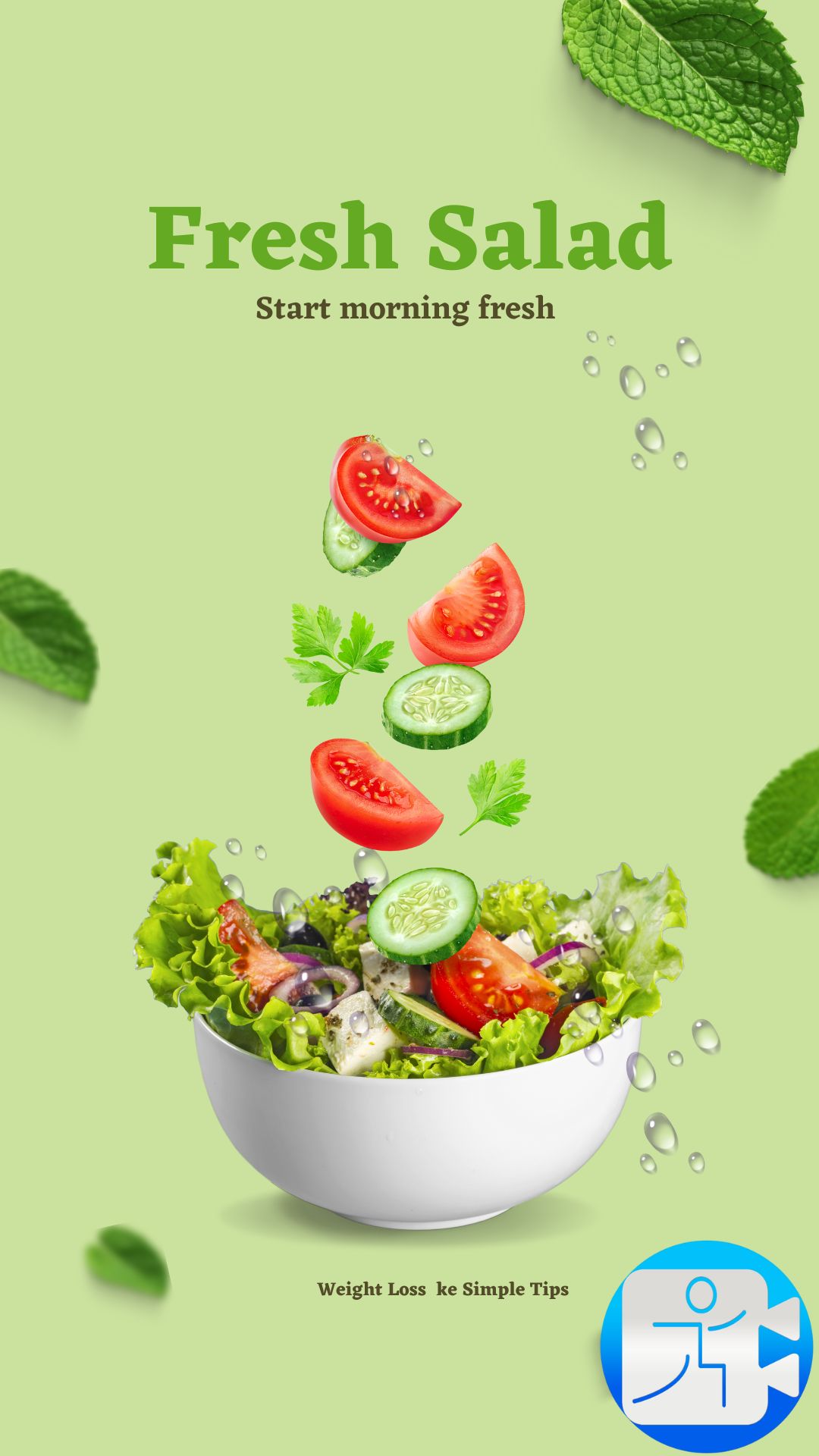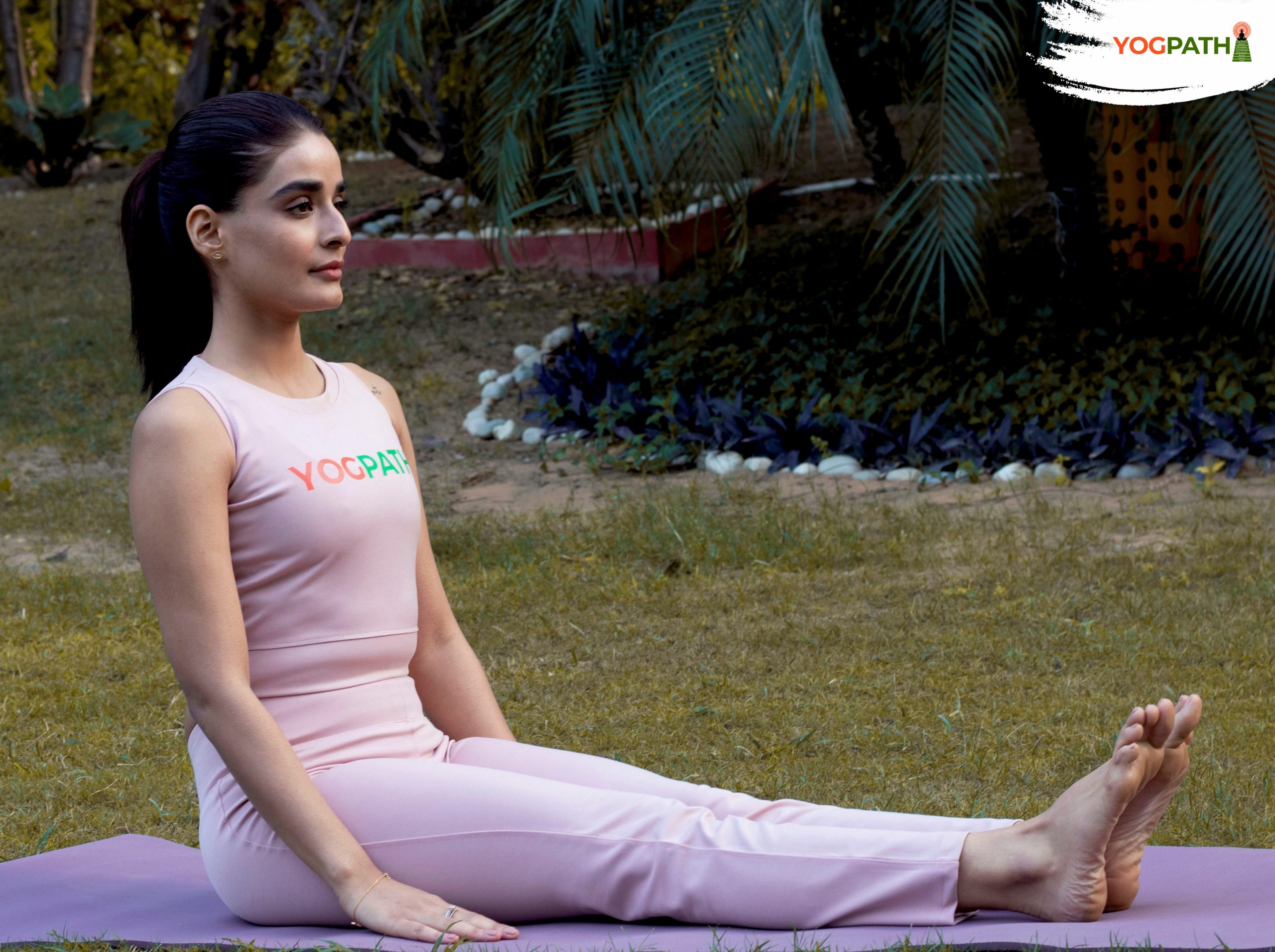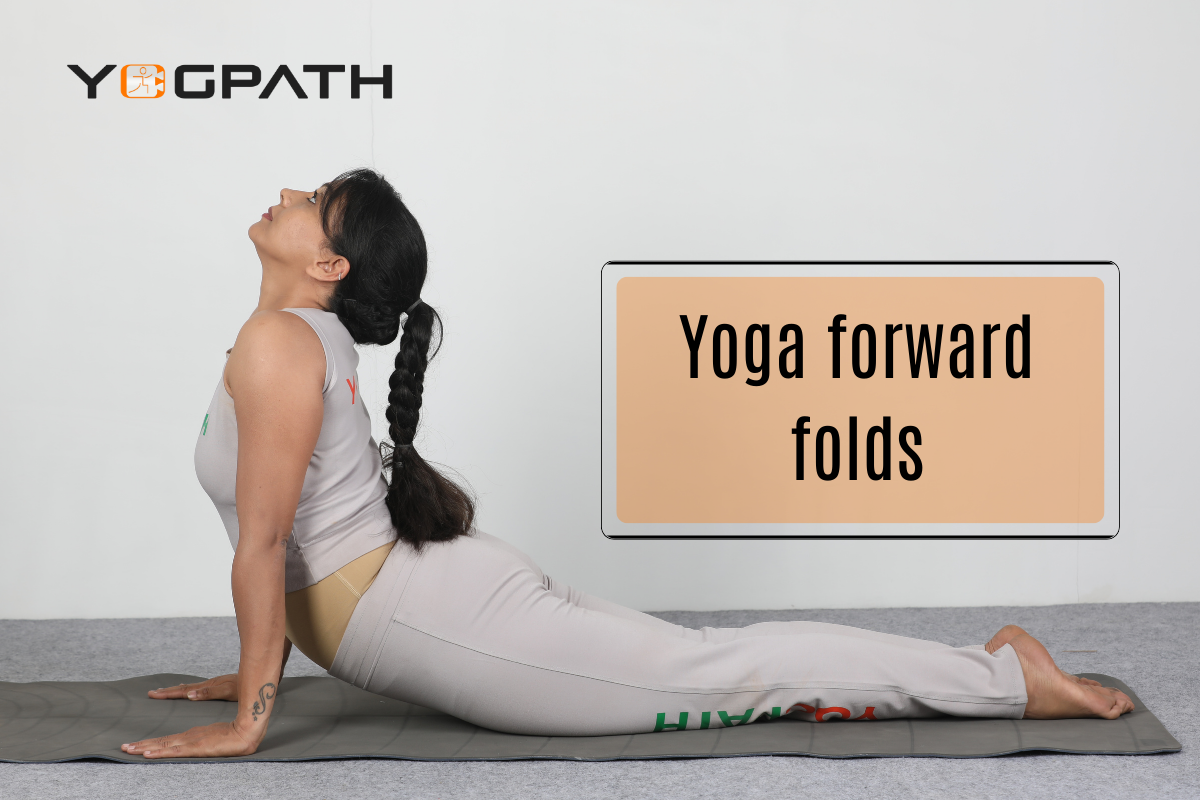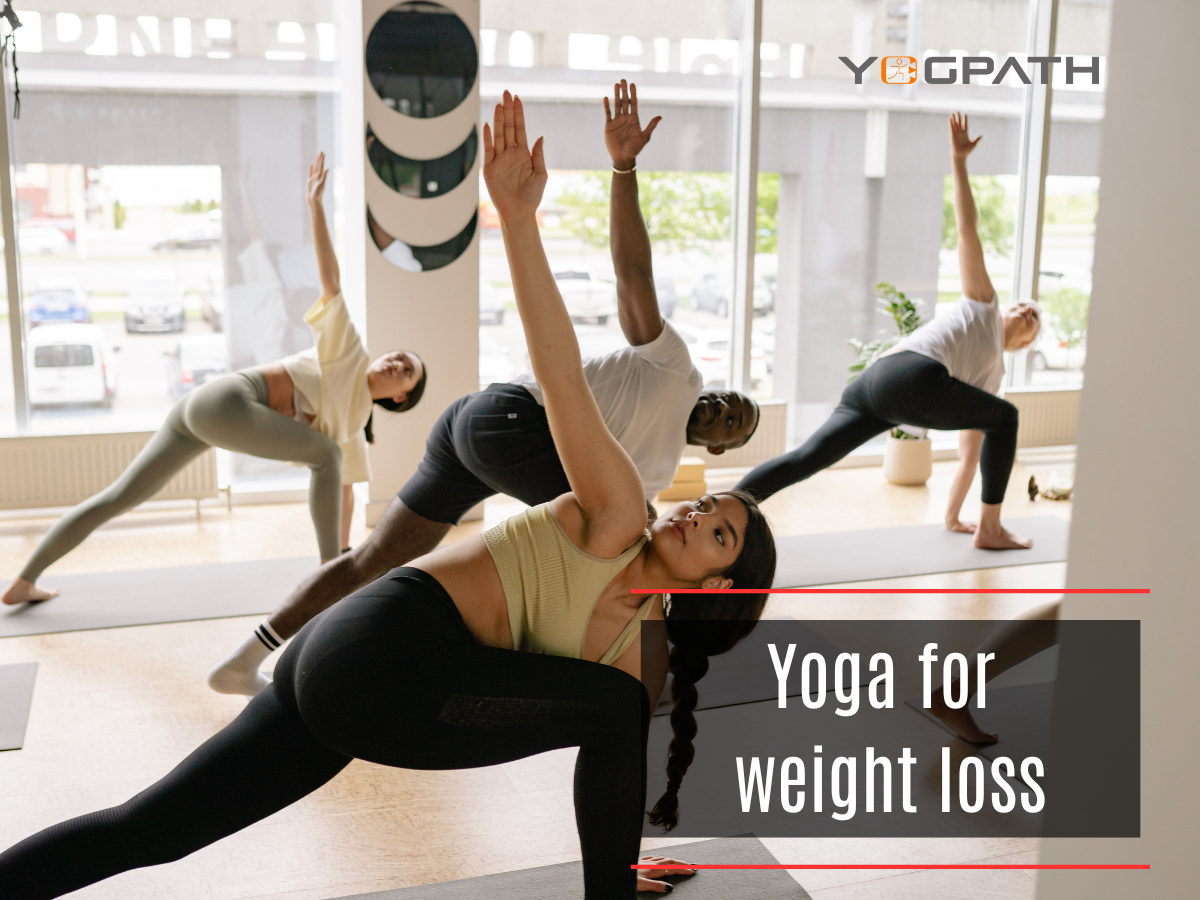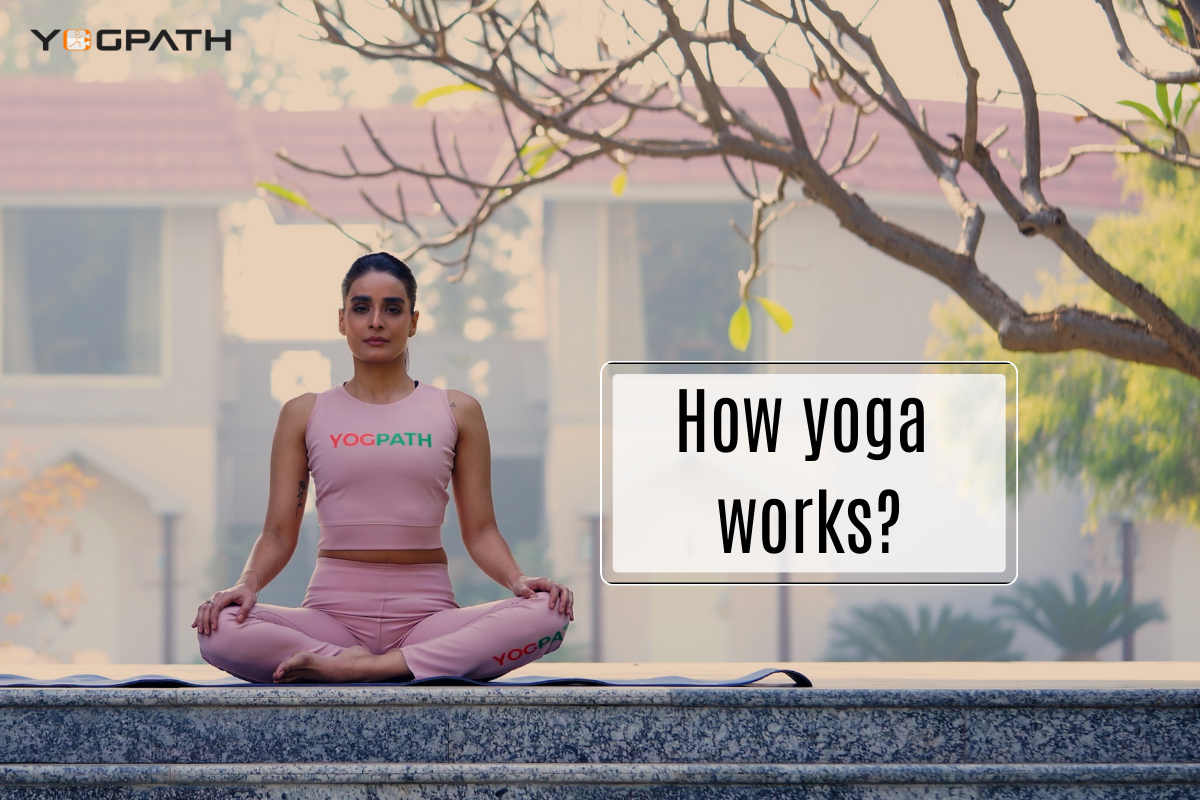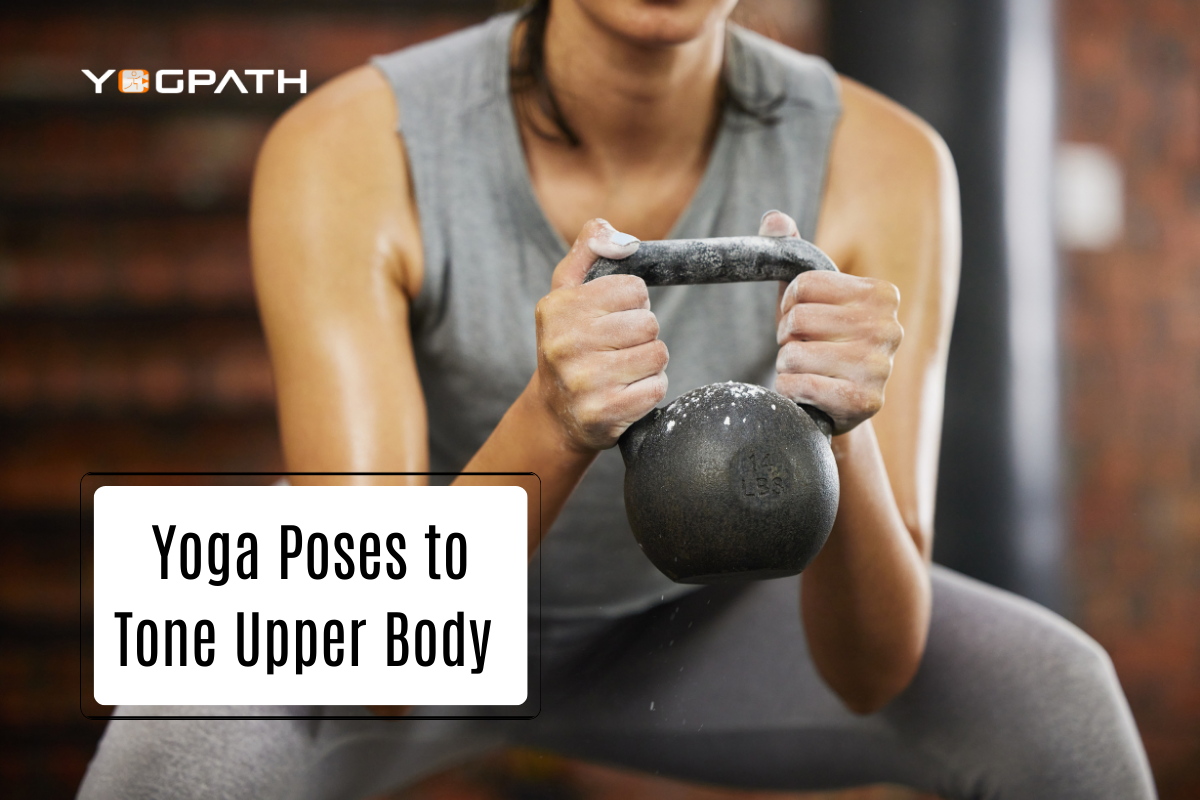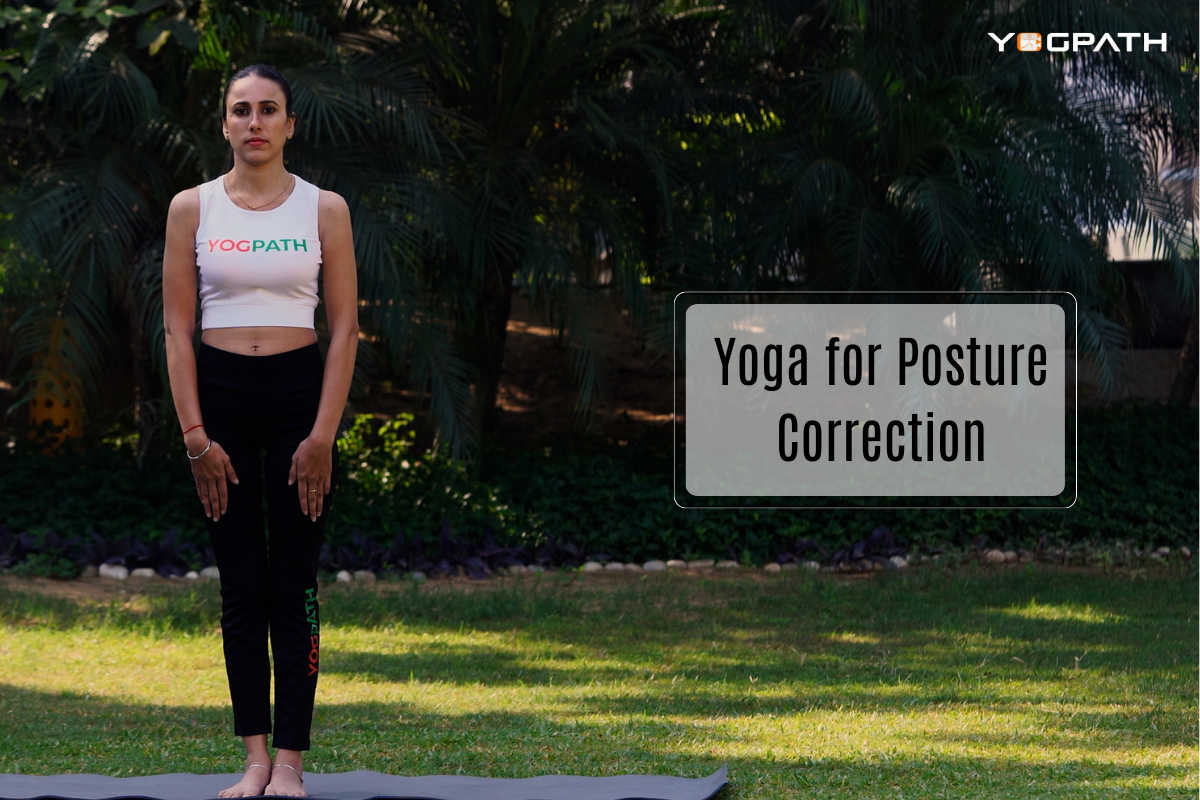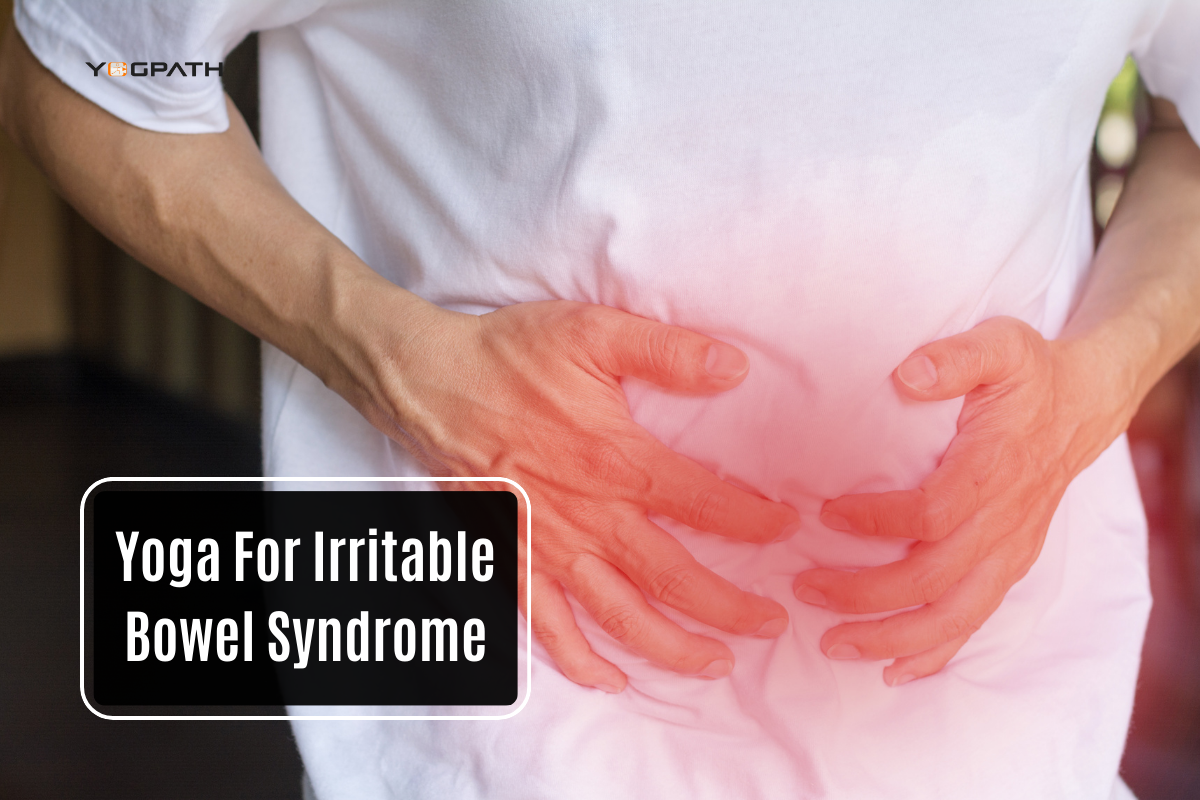
Having an uneasy feeling in your stomach is often an indicator that something is wrong. Feelings in one’s gut may originate in either the brain or the belly. If you have irritable bowel syndrome (IBS), like many people, this warning is more than just a minor annoyance. The close connection between the mind and the body is reflected in this persistent physical discomfort. Be encouraged, however, because yoga can help alleviate your symptoms by helping you relax and tune into your body.
What is irritable bowel syndrome (IBS)?
Up to 45 million people in the United States suffer with irritable bowel syndrome (IBS), making it one of the most prevalent health problems.
Irritable bowel syndrome (IBS) is one of the most common health diseases, affecting as many as 45 million individuals in the United States, yet it is also one of the conditions you are least likely to talk about. Who wants to talk about the reoccurring problems with flatulence, wind, bowel movement, and defecation? Or perhaps you’ll confess that your stomach is a rogue organ that you have no control over.
In addition, IBS has been something of a medical enigma for a long time. Irritable bowel syndrome (IBS) is characterised by a collection of symptoms that point to an issue in the digestive tract, but without any actual damage to the stomach, intestines, or colon.
The dysfunction likely originates in the neurological system’s interpretation of digestive signals. The connection between your brain and digestive system is so strong that some have called it “the mind-body nexus.” Hundreds of millions of nerve cells line the lining of your digestive track, receiving a steady stream of messages about the state of your body, thoughts, and emotions. That’s why your gut reacts so quickly to shifts in your mental and physical health.
It appears that a breakdown in the nervous system’s ability to interact with the digestive tract is at the heart of Irritable Bowel Syndrome.
Disruptions in the regular communication between the brain and the gut are thought by some specialists to be at the root of irritable bowel syndrome. With IBS, the digestive system’s nerves become too sensitive, leading to a variety of uncomfortable symptoms.
Your digestive system overreacts to the demands placed on it by the food you eat, your emotional state, and other factors. People with IBS frequently experience high levels of anxiety in addition to these gastrointestinal issues. It is not clear if stress and concern contribute to digestive issues or whether digestive issues contribute to stress and worry.
New insights, however, linking the digestive system and the brain point the way to recovery. Reducing stress, learning to tolerate pain, identifying what foods and activities bring on symptoms, and reestablishing digestive system normalcy are all necessary for IBS sufferers to find relief.
Each phase can benefit from incorporating yoga. Daily practise of basic yoga postures with mindful breathing has been shown to reduce both the emotional and physical symptoms of IBS, according to two clinical studies conducted in 2004 by researchers at the All India Institute of Medical Sciences in New Delhi and 2006 by researchers at the University of British Columbia. By adhering to a few basic guidelines and giving the following sequence of postures a try, you can develop your own personalised healing yoga practise.
What about yoga can help with IBS?
One of the most common causes of irritable bowel syndrome is stress. By soothing the neurological system, yoga helps you turn off tension, which in turn soothes your upset stomach. Selecting postures that are both achievable and beneficial is recommended. You shouldn’t force your body into positions that cause more discomfort than relaxation.
Keep in mind that strained breathing will just add to your stress and discomfort, so make it a priority to focus on slow, deep breathing. Finally, remember to end your practise with a restorative position, and maybe even start with it. A healing state can be achieved by doing this, which can convey a message to the body and mind to relax, let go, and rest.
Aching muscles and other unpleasant sensations are something else yoga can help with. Those who suffer from IBS are likely familiar with the warning symptoms that precede an attack. You might be on the lookout for any changes in how your stomach or gut feel, such as the onset of cramps or the uncomfortable pressure of bloating. It’s unfortunate that worrying about intuition can make your symptoms worse.
But if you take some deep breaths and sit with the experience, you can train your body to calm down, no matter how strong the emotion. Learning to stay with your symptoms in the same kind of welcoming mindfulness with which you may stay with the feelings of a yoga position is possible. This can have a significant impact on how you feel the pain and prevent a minor episode from progressing to something more serious.
Even better, by learning what triggers your symptoms, you can use yoga to stop them before they start. Each person with IBS has unique triggers that can be avoided, such as certain meals, caffeine, alcohol, or lack of sleep. To develop a keener sense of how your actions affect your body, and how those effects ripple out into the world outside the yoga studio, there’s no better place to start than on the mat.
As time passes, you will get a deeper understanding of what is beneficial to and what is detrimental to your health. Wanting to take care of yourself and avoiding things that aggravate your symptoms will become second nature.
Finally, yoga has been shown to improve gastrointestinal (GI) motility. Constipation and diarrhoea are both possible symptoms of irritable bowel syndrome (IBS), which causes either a slowing or a spasming of bowel contractions. To a lesser extent, the abdominal organs are compressed in some yoga positions (such as sitting twists and prone backbends).
Some, like side bends and twists in the prone position, can alleviate stress in the abdominal region. When done correctly, yoga poses can stimulate the digestive system by applying gentle compression and stretching pulses to the body’s sensory receptors. It is thought that this alternating pressure and release aids in regulating the gut’s contractions, either speeding them up or calming them down.
Take a moment to read the notes below before diving into the exercise. Certain yoga postures might exacerbate diarrhoea.
Yoga Poses For IBS and Digestion
Downward Facing Dog
A yoga session kicked off with Downward-Facing Dog can be a terrific way to get the blood flowing and get the body ready for the rest of the session.
Downward-Facing Dog can help those with irritable bowel syndrome by elongating the spine and strengthening the abdominal muscles. Keep away from this position if you’re currently having diarrhoea as an IBS symptom.
How to perform:
- Begin on your hands and knees, with your shoulders directly over your wrists. Maintain a flat footing (toes not tucked).
- Curl your toes under and walk your hands out to the side of your shoulders.
- As you take a deep breath in, press your weight into your hands and straighten your legs, guiding yourself with your tailbone, which should be the highest point of your body, into a triangle with your body and the floor.
- Keep your arms straight and anchored in your shoulder blades as you arch your upper back.
- As you press down onto all 10 fingers and reach your heels toward the floor, draw your front rib cage in toward your spine. (If your feet aren’t completely flat, that’s fine; just press them down as though you were attempting to get them flat.) If you’re feeling some tightness in your legs, try pedalling.
- While holding this position, take five slow, deep breaths.
Cobra
Cobra promotes blood circulation, reduces stress and weariness, tones the abdominal muscles, and activates the organs in the abdominal cavity.
How to perform:
- By bending your knees slowly, you can move from Downward-Facing Dog to a face-down position on the floor. Put your face down on one cheek for a moment of relaxation.
- Place your hands on the floor directly under your shoulders, and bring your elbows in toward your body. Maintain a strong, flat pressure on the floor with the tops of your thighs, feet, and pelvis.
- Inhale and, while keeping your pelvis and legs pressed into the floor, straighten your arms as far as you comfortably can.
- You shouldn’t always keep your arms completely straight.
- Hold this backbend stance for 5 deep, even breaths while drawing your belly button toward your spine and pressing your shoulder blades down and back.
- As you let your breath out, lower yourself back to the earth by letting go of your belly and then your ribs.
- Place the same amount of weight on the other cheek as before. Relax and breathe deeply for three to five breaths, then return to the starting position.
Bow Pose
This time, the backbend is more extreme in bow posture. It’s beneficial for those experiencing exhaustion, anxiety, and constipation. If you feel your digestive system working too hard in this position, you may want to release it.
How to perform:
- Get on your belly and place your palms up next to your body on the floor.
- Bend your knees as you exhale, bringing your heels to your glutes, and clasp your ankles behind you.
- Lift your heels away from your glutes and your thighs off the ground as you exhale.
- This action will lift your head and upper body off the ground while pressing your tummy into the floor.
- To release, take three long, deep breaths in, and then, as you exhale, slowly roll over onto your back.
- Practice two more times.
Wind-Relieving Pose
As the name implies, the purpose of wind-relieving position is to relieve gas in the digestive tract. This indicates that striking this stance right away may be a good idea if you’re experiencing excessive flatulence. And, depending on your level of confidence in doing it in public, you might want to do it in private.
But it’s worth it, and not just for ease of mind. The quality and performance of your digestive system is enhanced by releasing this gas. Indigestion, gas, bloating, and constipation are all conditions that may benefit from its use.
How to perform:
- Spread your arms and legs wide and lie flat on your back.
- As you let out your breath, bring both knees up to your chest and give them a gentle hug with your hands.
- While maintaining control of your right leg, let your left one fall to the floor and stretch out.
- Maintain this position while taking long, steady breaths. Remember to maintain your leg close to your torso, running parallel to your upper body, rather of allowing your knee slide across your body at an angle.
- Hug your knees again as you bring your left knee to your chest, then switch sides and let your right leg dangle freely.
- After holding the position with your left leg bent, hug your legs together again before letting them go.
Half Lord of the Fish Pose
The half Lord of the Fishes twist is a fantastically challenging pose. The detoxifying and digestive benefits of twists are well-documented. The liver and kidneys benefit in particular from this twist.
If you have diarrhoea, you should be very careful when applying any kind of twist. While you shouldn’t fully avoid it, if things are getting tumultuous you might want to avoid delving too far into the twist.
How to perform:
- Return to all fours from the previous position, and then go to a seated position with your legs out in front of you.
- Maintaining a knee bend and feet on the floor, cross the right foot across the left hip. Your right shin should be flat on the floor, with the outside of your foot resting on the ground.
- The left foot should move to the outside thigh.
- Feel your spine elongate as you take a deep breath in and sit up straight. Put your left hand on the ground directly behind your tailbone while you raise your right hand toward the ceiling.
- While holding your breath, twist to the left with your right elbow tucked to the outside of your left knee or by simply grasping your left knee.
- While you’re here, take three to five deep breaths in and out, imagining your spine lengthening and twisting as you inhale and exhale.
- Be deliberate and slow when you let go of this aspect. Practice on the other side.
Takeaway
Reducing stress and increasing physical activity are often helpful for patients with irritable bowel syndrome. Fortunately, yoga is capable of accomplishing both. If you’re new to yoga, it’s always a good idea to get your doctor’s OK before beginning any new workout programme.
